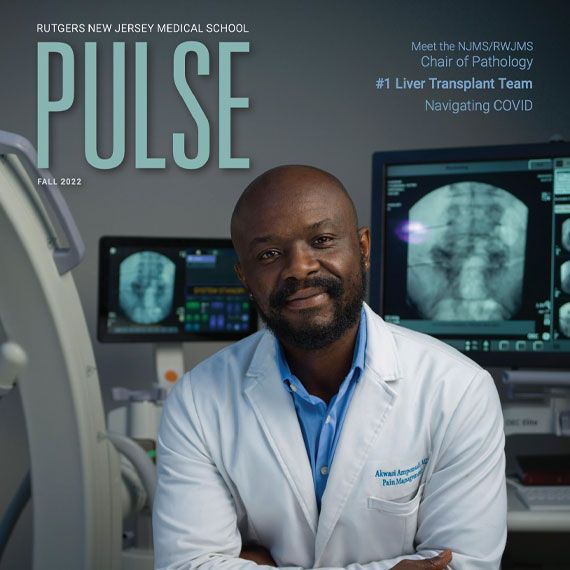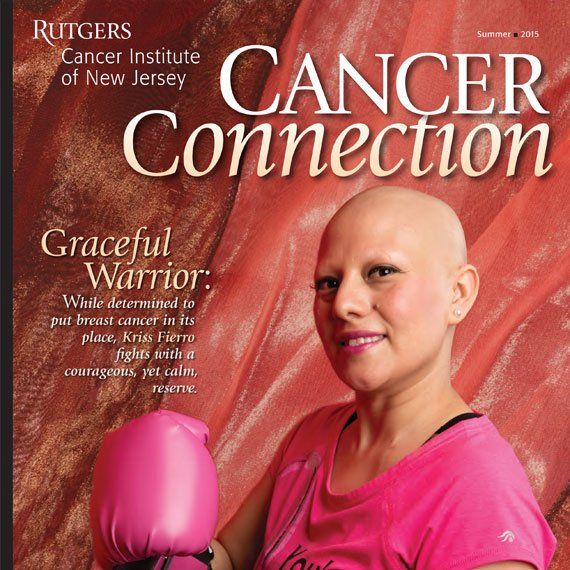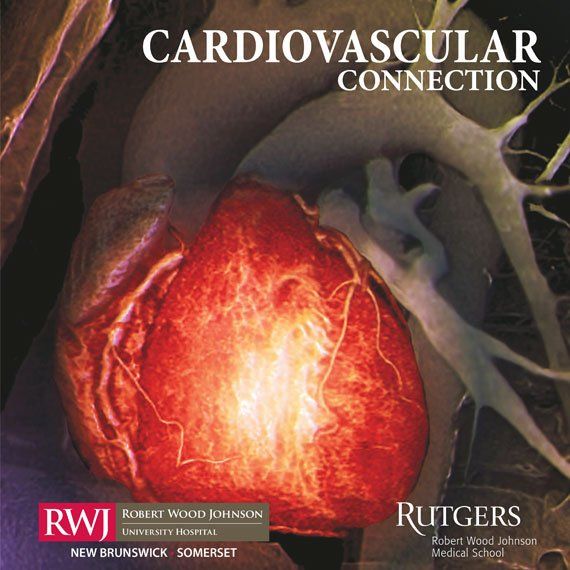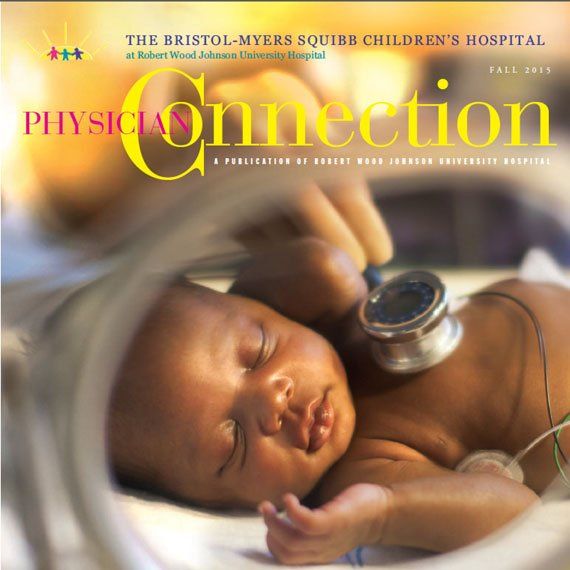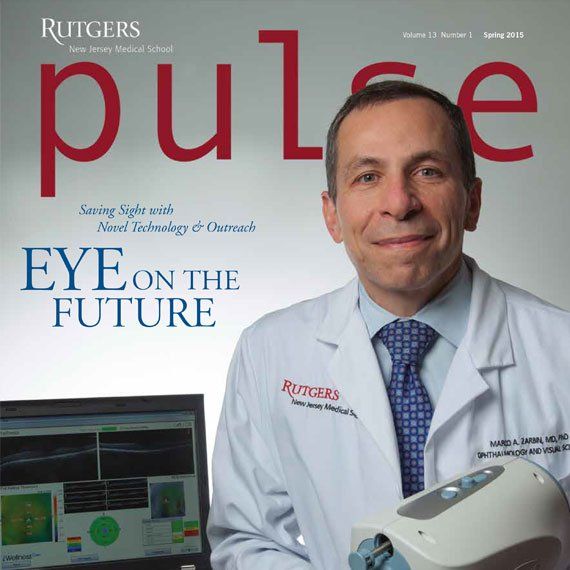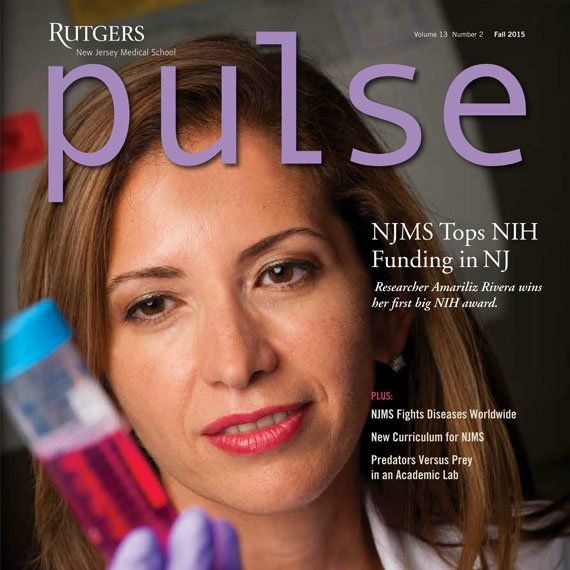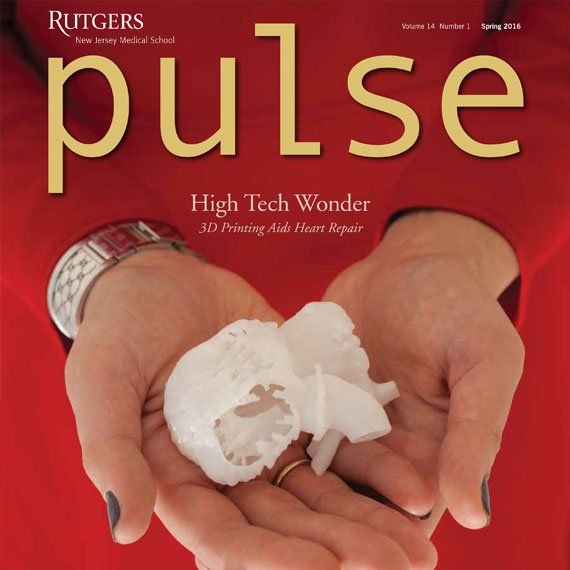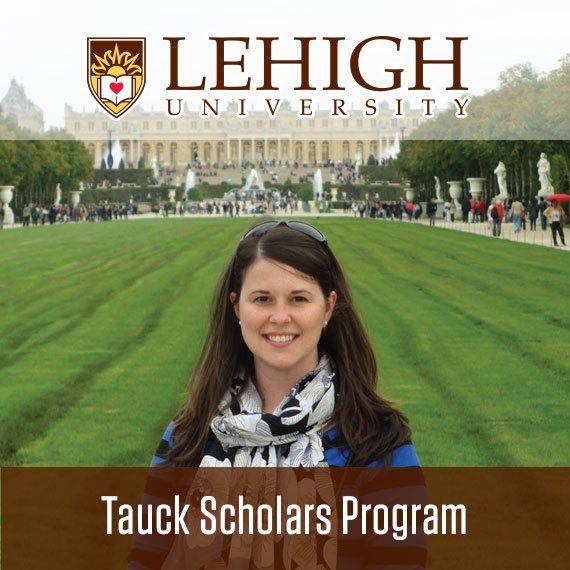What's in a Hug?
When Evangeline, 9 months, Charlotte, 2, or Finn, 3, wake up , they often need to hug for a few minutes before they are able to rejoin the world of play. Within these magical moments of grandmothering, there is pretty powerful brain activity going on.

Maggie and Evangeline, who loves and craves her mommy's hugs.
In “The Neuroscience of Atttachment,” by Linda Graham, MFT, “Relating to one another, one on one, couples, families, or in larger social groups, is the most complex thing human beings do, more complex than writing a symphony, or running a government or solving global warming, and the need to relate, to be emotionally and socially intelligent, has driven the evolution of the human brain to be the most complex of anything in all of existence.” Graham goes on to describe the brain as 100 trillion cells in 3 pounds of firm tofu “of which 100 billion neurons are gray matter that are on the working clipboard of the brain.”
Hugging,
as it turns out, releases the bonding hormone oxytocin, spurring our pre-frontal cortex to grow. This, she explains is why “hugs make us feel safe and bonded to the person helping to release the oxytocin in our brains." Even looking at photos of our loved ones or thinking about people who give us unconditional love can do this same trick and calm down fear and anxiety. Graham's paper was first presented as a clinical conversation to professionals at the Community Institute for Psychotherapy in 2008 but it is still online at her site, Resources for Recovering Resiliency.
I loved the quote from Alan Schore who says, "The security of the attachment bond is the primary defense against psychopathology." Think of those neurons in little growing brains. They are constantly firing. And if they don't fire, if they are not stimulated by hugs, for example, they die off, by the millions, Graham says. "If neurons are not connected to other neurons, they are pruned, just as human beings shrivel and die when isolated and disconnected." Un-hugged early in life, people don't know how or why to do it as adults.











